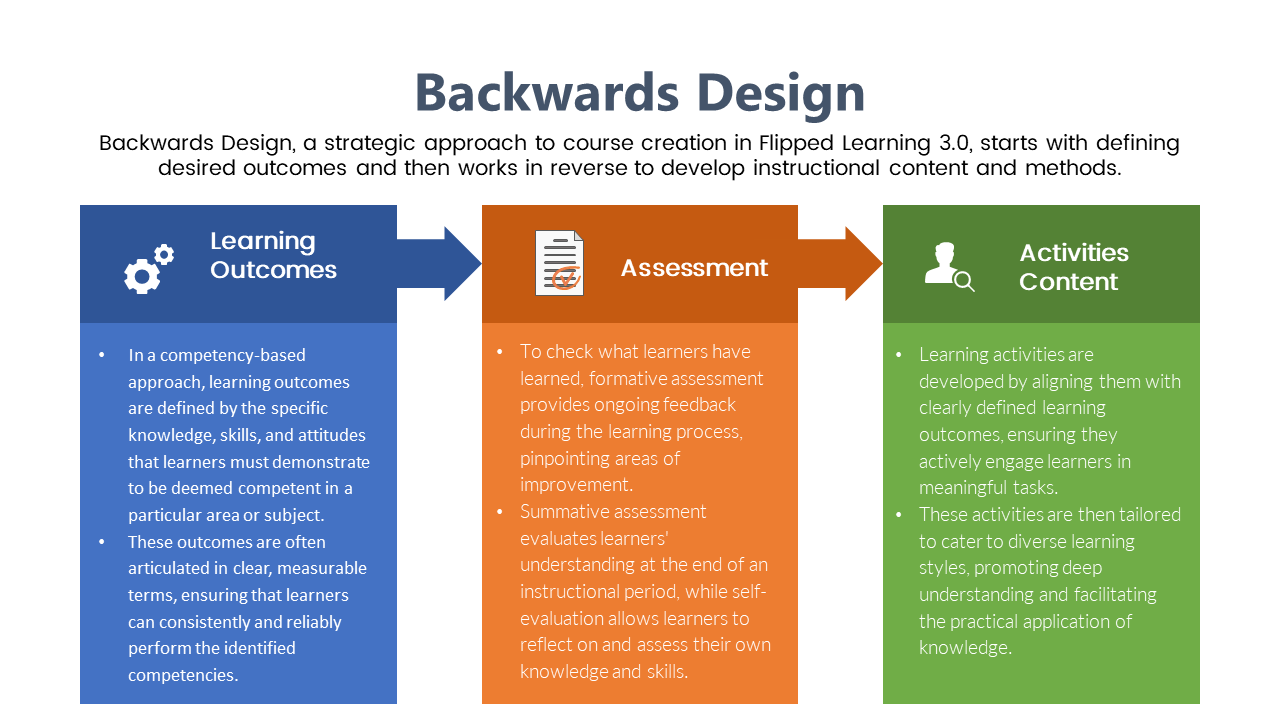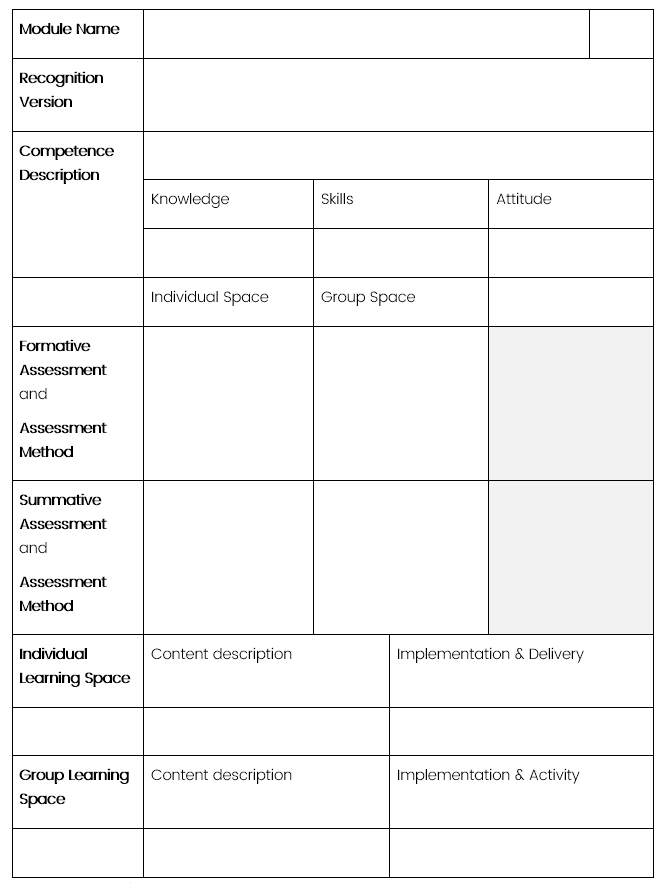In the field of education, the curriculum and course structure serve as the backbone, guiding the teaching and learning process. They provide a roadmap, ensuring that educators and learners are aligned in their objectives and methods. This essay delves into the intricacies of curriculum development, course structuring, and the creation of a comprehensive training content framework, highlighting their significance in the modern educational landscape. Course Design and Training Content is a sophisticated task. Therefore, we created the necessary methods and approaches to implement a modern, meaningful and interesting training experience.
Understanding the Curriculum
A curriculum is not just a document or a plan. It’s the very essence of any educational program, encapsulating its goals, learning objectives, content, instructional methods, and assessment techniques. It’s the big picture, the overarching structure that ensures that learners are exposed to a holistic, well-rounded education. Especially in adult education or intergenerational learning, the curriculum needs to be tailored to address the unique needs and experiences of the learners. One effective approach to curriculum design is the Backwards Design, which starts with the end in mind. By focusing on the desired learning outcomes, educators can then work backward to develop the curriculum that will achieve those outcomes.
Delving into Course Structure
While the curriculum provides the big picture, the course structure dives into the specifics. It’s about organizing and sequencing topics, themes, and learning activities to ensure that the learning objectives are met effectively. This involves pacing the content, dividing it into manageable units or modules, and determining the balance between individual and group learning experiences. The course structure essentially provides a blueprint, detailing how the curriculum will be delivered.
The Training Content Framework: A Blueprint for Success
The Training Content Framework is a meticulously crafted system that ensures that every aspect of a training program is aligned and cohesive. It’s the foundation upon which effective training materials are built. The framework used Backwards Design with a three-step approach.

The three stages: ① Define Learning Outcomes ② Assessments to check what learners really learned ③ Active content development to meet the learning outcomes.
Within this framework, several steps must be undertaken:
- Learning Objectives are clearly defined, ensuring that the training remains focused. We use competency-based training outcomes for the definition.
- Assessment Methods are integral, designed to gauge learners’ progress and the training’s effectiveness. These can range from quizzes and tests to practical demonstrations, all aimed at measuring the achievement of learning objectives. The training includes formative, summative assessments and self-evaluation implemented in a multimedia manner.
- Content Design is crucial, ensuring that topics are covered logically and coherently. This includes selecting appropriate instructional materials that resonate with the learning objectives and engage learners. The training content concept focuses on active, multimedia-based and interactive training content.
- Instructional Strategies are employed to ensure effective content delivery. These strategies, rooted in pedagogical best practices, foster active learning and critical thinking. The development of these strategies used the 12 Sectors of
- Learner Support and Accessibility are paramount, ensuring that every learner, regardless of their background or abilities, can benefit from the training.
Visualizing the Training Content Framework
To make the Training Content Framework more accessible and user-friendly, it can be presented in a table format, published as a PDF. This table details the competencies, assessment criteria, training content, and delivery methods, providing a clear and concise overview of the entire training program.
Summary
The modern educational landscape is dynamic and ever-evolving. To ensure that learners receive a quality education that equips them with the necessary knowledge, skills, and attitudes, a robust curriculum, a well-structured course, and a comprehensive training content framework are essential. These elements, when designed and implemented effectively, pave the way for meaningful, impactful learning experiences.

